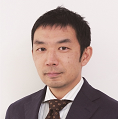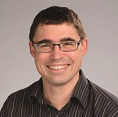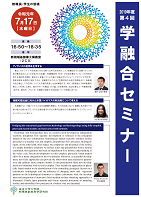2019年度第4回学融合セミナー
- 講義:
- 2019年7月17日 16:50~18:35
- 場所:
- 新領域基盤棟大講義室(2C0)

ナノサイズの空間を化学する
植村 卓史 教授最近、ゼオライトや活性炭に代わる新たな多孔性材料として、有機配位子と金属イオンとの自己集合反応によって合成される金属―有機構造体(MOF)が注目を集めている。この材料が有する規則性空間は、配位子と金属イオンとの様々な組み合わせにより、そのサイズや形状、表面状態を合理的に設計できる。本講演ではこのナノ空間材料の合成や特徴を述べ、吸着剤や反応場としての応用についても今後の見通しも含め解説する。特に、新規高分子材料創製の場として利用した際に、高分子の一次構造(分子量、立体規則性、反応位置など)や集積状態(粒子化、配向化、アロイ化)を精密に制御できる技術について詳細に述べる。

持続可能社会に向けた木質バイオマスの利活用について考える
大谷 美沙都 准教授
本講義では、木質バイオマス生合成機構の概説と、その利活用に向けた課題と各方面からの取り組みの紹介を行う。さらには参加者それぞれの専門分野からの達成戦略アイディアについてディスカッションを行う。

Bridging the conceptual gaps between hydrology and hydrogeology using fully coupled, physically based models and innovative field methods
Philip Brunner 特任教授
Hydrology and hydrogeology have to a certain extent developed as independent scientific disciplines. This separate development is reflected in the conceptual models of the two communities: Hydrological models typically simulate surface processes in a detailed way, but simplify groundwater flow processes. Hydrogeologists, on the other hand, often reduce the complexity and dynamics of the surface to a simple boundary condition. As surface water and groundwater form a natural continuum, this separation has been an impediment for a holistic understanding of the water cycle. Recent developments in fully-coupled, physically based models allow for a better integration of the two domains. Moreover, in a parallel development, new field approaches can provide the observation data required to parametrize and calibrate these complex models. In this presentation, these new developments are illustrated with several examples. They include the application of physically based models to the identification of the controlling geological factors on a catchment’s hydrograph and the influence of changing snow and vegetation patterns on the hydrological dynamics in Alpine catchments. Also, the development and integration of innovative field methods in these modeling approaches is illustrated. Finally, open questions and future research directions in modeling surface and subsurface flow processes in a holistic way are discussed.

